#andrew fraknoi
Link
#andrew fraknoi#science fiction#hard sf#astronomy#solar system#i lost the link#and spent a long time hunting for the site#twice#this time i'm sharing it to tumblr#where it won't get lost
4 notes
·
View notes
Link
Astronomers Who Write Informed Science Fiction: A Novel Way to Do Astronomy Education
11 notes
·
View notes
Text
Viewing the solar eclipse together.
Viewing an eclipse can feel like a once in a lifetime experience. I, personally, have never seen one before this. My husband has seen one. We are both 27 years old. It is amazing how these things can impact us.
We had to prepare ourselves and our children for this amazing occasion. As a lover of education, I saw this as an amazing teaching opportunity. To prepare our kids on what to expect, we had an education time in the morning before the eclipse.
The kids learned how the moon moves in front of the sun for approximately 4-7 minutes before moving away. They also learned that they would have to be patient due to how long the moon can take to move. When we did see it, it took approximately an hour and twenty minutes for it to get into full place. I also explained the importance of solar eclipse glasses.
Here are a few ways to teach your children about the eclipse before it happens:
1. Print out educational coloring pages.
Make sure to look up a coloring page that shows how the earth, the moon, and the sun are placed. The paper should explain the eclipse and the different types it can come in.
2. Simulate the solar eclipse
Grab a flashlight, a Styrofoam ball, and some string. Hang the ball in front of a wall and shine the flashlight so you can see the ball's shadow on the wall. You can even hang a map of the United States on the wall to show them the path of totality.
3. Use detailed scientific facts
There's more to a solar eclipse than just the sun going dark. Eclipses come with a drop in temperature and a change in wind speed and direction. Use your solar eclipse demonstration to explain why these changes happen. For example, the reason the temperature drops is because the sun's light is blocked from the earth.
4. Read a solar eclipse book and/ or watch an educational video
Buy or use your local library to get a book about the eclipse. I prefer using my kids' reading tablets and get books that way. Our library has the option of borrowing books online and downloading them. Some books I'd recommend include "Someone is Eating the Sun" by Ruth Sonneborn, "The Big Eclipse" by Nancy Coffelt, "Eclipse: How the 1919 Solar Eclipse Proved Einstein’s Theory of General Relativity (Moments in Science)" by Darcy Pattison and “When the Sun Goes Dark” by Andrew Fraknoi and Dennis Schatz. As for the video, I recommend Dr. Binocs as a good source. This channel has a lot of useful information and my children love the characters within it.
No matter how you choose to teach your kids about the solar eclipse, make sure it's fun. Your kids are more likely to show an interest in science when it starts at home.
I wasn't sure what to expect from the dogs or from the kids but it was worth taking a chance for this rare celestial experience. We gathered outside in front of the house. The dogs started nervously chewing while we stared at the sky. I was more interested in just being outside and seeing how the partial eclipse would affect the daylight and the shadows- until I put on my glasses to look directly at the sun! Then I couldn't get enough of checking every few minutes to see how it changed. I also discovered that putting the glasses over my phone camera lens allowed me to get some cool pictures.
The kids stared happily at it. It was amazing to see them so calm and just staying focused on something for as long as they did. I expected them to want to run around and play instead but they didn't. The dogs were playing but over time calmed and laid down. It was a nice family experience.
It wasn't what I expected but it wasn't a full solar eclipse.
To many, the eclipse can mean different things. To us, it was simply something amazing to see and enjoy but to others it can mean a new beginning, increased merit, the Earth's energy is disrupted, or as a bad omen. Whatever if may mean to you, just remember that it is an amazing celestial event.


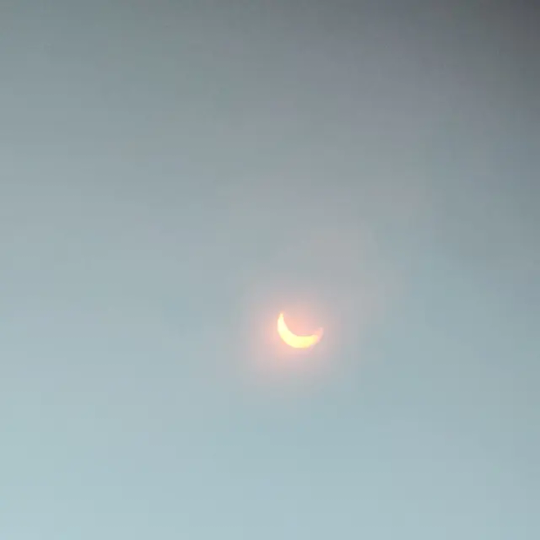
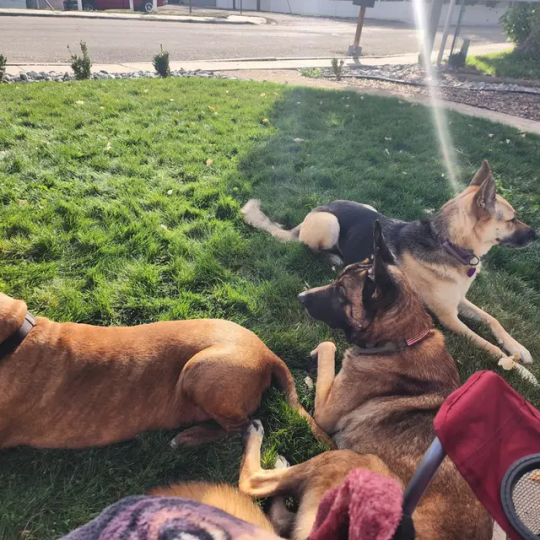


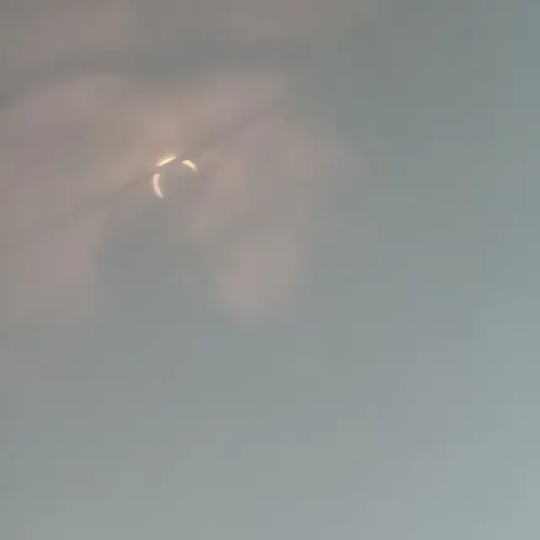

0 notes
Text
Post # 144
How fast are you moving when you are sitting still?

Andrew Fraknoi is a retired astronomy professor, renowned for his lifetime of work making astronomy more popular to students and general public. Though he looks like anybody's uncle, from 1992 to 2017, when he retired, he held the position of Chair of the Department of Astronomy at Foothill College in California.
He serves on the Board of Trustees of the Search for Extraterrestrial Intelligence (SETI), a scientific and educational organization aimed at finding out if there is intelligent life outside earth.
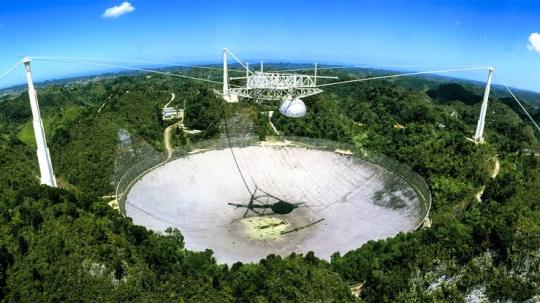
But he is a teacher at heart. He founded Project ASTRO, which set up partnerships between volunteer astronomers and 4th-9th grade teachers. Each astronomer adopted one classroom for a year, visited at least four times, and worked with the teacher to do hands-on activities in astronomy. The program still operates in some schools around the country. Later he founded Family ASTRO, a project to design activities, kits and games to help families share the excitement of astronomical discoveries.
One of his courses at Foothill college was called Physics for Poets. It was an extremely popular course on Albert Einstein's life and work. In this course, students learnt about areas of modern physics that Einstein had a role in creating, and then read novels, stories, and poems, and heard music influenced by Einstein's work and ideas. Just before Andrew Fraknoi's retirement, the college sent a memo to the student body to warn them that this would be their last chance to attend this very popular course, so they better not miss it. In 2005, this course won the "Innovation of the Year" award from the League of Innovation.

Andrew Fraknoi also started a newsletter, specifically for teachers - The Universe in a Classroom.

In March 2007, he published an article in this newsletter - How fast are you moving when you are sitting still? I found the article on the internet while I was searching for something else. And I found it interesting. Hence this post.
Imagine you are taking a nap on a lazy Sunday afternoon. Are you at rest?
Fraknoi asks us to consider the following:
1. Earth spinning on its axis: We are sitting on a sphere, rotating at 1600 kms/hr. So, if we are on the equator, we are also moving at 1600 km/hr. This speed decreases as we move away from the equator till it becomes zero at the north and the south poles.

2. Earth revolving round the sun: No matter where we are on the Earth, we are moving at a speed of 107,000 kms/hr (more than a lac kms/hr!) around the sun.

3. Sun's motion: Now, the sun is one in the ocean of stars in our galaxy. Each star is moving, sometimes in a random way, sometimes in a pattern around another celestial body. Fraknoi states that the Sun is moving at the rate of 70,000 kms/hr roughly in the direction of the bright star Vega, in the constellation of Lyra.
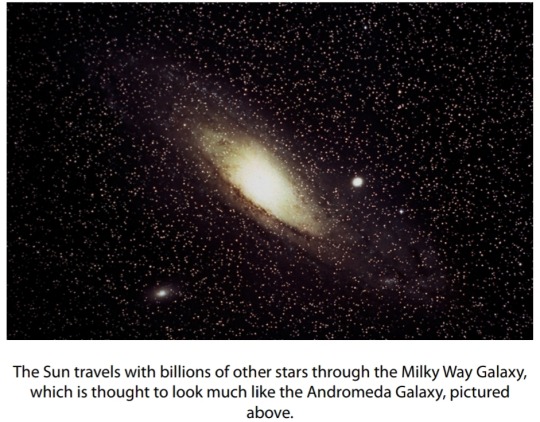
4. Sun's motion around the center of the Milky way: In addition to motion of individual stars
within it, the entire Galaxy is in spinning motion like an enormous pinwheel. So, the Sun spins around the center of the Milky Way at a speed of 800,000 kms/hr.

5. Milky way moving away: The Big Bang, which is an accepted theory for the creation of the universe, is a huge explosion, because of which galaxies are moving away from each other. The Milky way galaxy is moving at a speed of 2.1 million kms/hr.
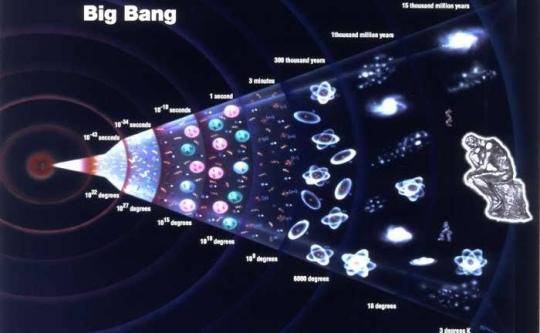
So on that Sunday afternoon, when I took an hour of siesta, I travelled 2-3 million kms in this universe!!!!!!And didn't feel a thing.
That sets me thinking, gives me a perspective.
There is this humungous force at play, that has the capability to propel stars at millions of kms/hr, and at the same time make my heart beat and my lungs breathe, on their own, without me having to put an effort, even when I am asleep.
For a while, let's not name the force or give it a form or organize it into an -ism. Let's just sit in awe and wonder at its enormity!
I wonder, why this force doesn't shout out its presence, make its impact felt more directly, why it silently goes about its job, allowing its subtle presence to be felt, only by ones who choose to feel it?
And I wonder, when such Grace is available to me, why do I ever worry about anything? Why don't I just acknowledge that Grace and revel in gratitude?
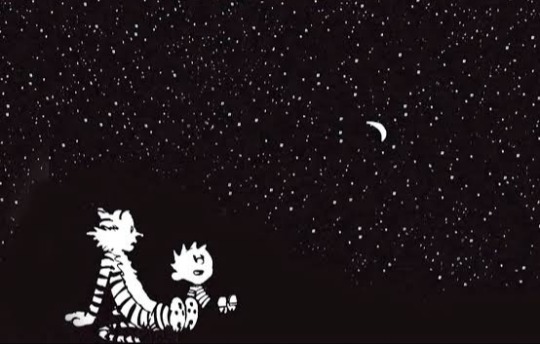
#andrew fraknoi#astronomy#Foothill college#seti#search for extraterrestrial life#project astro#family astro#physics for poets#albert einstein#universe in a classroom#planet earth#rotation#revolution#sun#milky way#big bang#grace
15 notes
·
View notes
Text
“... cosmic evolution... our descent from the stars...”
OpenStax Astronomy
Andrew Fraknoi, David Morrison, Sidney C. Wolff
#astronomy#quotes#ill tag this but honestly im just posting it for me#lit adj#andrew fraknoi#david morrison#sidney c. wolff
0 notes
Photo
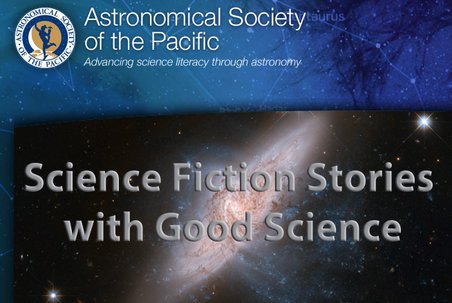
NASA Gov Doc: Science Fiction Stories with Good Science
Prof. Andrew Fraknoi (Foothill College) has compiled a selective list of short stories and novels that use more or less accurate science and can be used for teaching or reinforcing astronomy or physics concepts. He has included both traditional “science-fiction” and (occasionally) more serious fiction that derives meaning or plot from astronomy or physics ideas.
This edition of the guide includes over 270 stories organized into more than 40 topical categories. For the first time, it gives the URLs for a number of stories that are available free on the Web.
15 notes
·
View notes
Text
What the Pentagon's new UFO report on humanity reveals
What the Pentagon's new UFO report on humanity reveals
https://theministerofcapitalism.com/blog/what-the-pentagons-new-ufo-report-on-humanity-reveals/
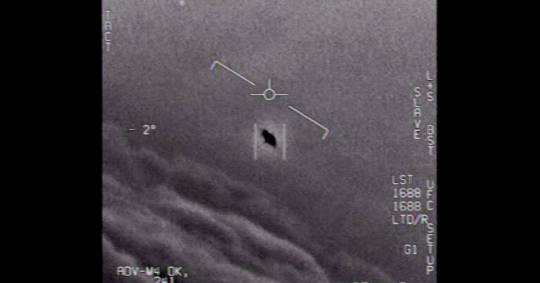
It was perfectly reasonable for the Department of Defense to be concerned that they represented some kind of advanced Soviet technology, so the Air Force launched Project Sign and Project Grudge in 1947 and 1948, respectively, to study UFO sightings between his soldiers. The longest research, Project Blue Book, lasted from 1952 to 1969 and ended with the publication of the Condon report, who concluded that the study of UFOs is unlikely to produce much interest.
Each of these documents has stated that the vast majority of these observations can be traced back to some common object: a bird, an airplane, or a planet, Dorsch says. But a small percentage of encounters have always remained unidentified and the military has promised to continue investigating them. True believers hold these unknowns as potential evidence of visitors from other places.
“The chances of this technology being Russian or Chinese are infinitesimally small,” says Semivan, referring to the objects captured in Navy videos released in recent years. “These things have been flying since the 1940s, and the Russians would have won the Cold War if they had that technology then.”
As he and DeLonge see it, there are really only three options that can explain what people have been seeing over the years: the extraterrestrial, the interdimensional, and the ultra-terrestrial, that is, members of a human civilization lost here on Earth, at Atlantis.
“Or there’s a much more advanced group that we never knew were here,” DeLonge says. “Or they’re going in and out of what we can perceive and they’re using machinery to do that.”
But before heading out for these types of fantasy flights, it might be worth considering that another group of sky observers, astronomers, rarely report seeing unidentified aerial phenomena. “No one would be happier than astronomers if UFOs turned out to be alien spacecraft,” says Andrew Fraknoi, a retired astronomer and member of the Skeptical Research Committee (ITUC), which promotes critical investigation of extraordinary claims. “Imagine getting to talk about astronomy with creatures traveling through the stars.”
When he gives public talks, Fraknoi likes to play with his audience by telling them that he believes in UFOs. “I think there are objects that the average person can’t identify,” he clarifies. “The problem is: can we turn a UFO into an IFO, an identified flying object?”
In his opinion, it is very possible that extraterrestrial beings exist, perhaps even intelligent. Many researchers hope to use probes to investigate potentially habitable places in our solar system with Mars or the moon of Jupiter Europe, to catch a smell of a strange gas on a distant planet that could indicate that it is a living world, as in the recent controversial paper on the possibility of phosphine in Venus.
As a member of the Board of Trustees of the Extraterrestrial Intelligence Research Institute (SETI), Fraknoi also thinks that our observatories may one day accidentally listen to an alien transmission. But each of these scenarios is a far cry from the idea that we are being visited by little green people.
The current mania of UFOs can be traced in many ways to the stars. In 2017, they, along with The New York Times, released the mysterious videos of the United States Navy that sought to capture strange aerial objects, helping to provoke official confirmation from the US military that these videos were real. While a number of people I have tried to discredit such images, other high profile publications, included The New Yorker, subsequently published credulous alien articles, which led members of Congress to include in their December 2020 nmnibus spending legislation and coronavirus legislation a provision ordering the defense department to deliver a UFO report within six months.
Source link
0 notes
Photo

Eclipse Resources for Astronomy Fans (I am astronomer and author Andrew Fraknoi, and with the North American eclipse just a week away, I wanted to share some eclipse resources useful for astronomy enthusiasts.)
1 note
·
View note
Text
Astrology Meaning For Students
Contents
Word cusp originally
Astrology signs information
Real. astrology hindi app download
A pseudoscience, astrology also originated in speculations about how the … The word cusp originally meant “point,” so the astrological cusp is the point of exit …
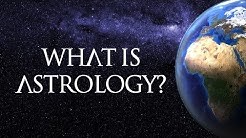
A free tarot reading covering your life, career, and relationships for each of the zodiac signs in astrology for Mercury in Sagittarius from December 12, 2018, to January 4, 2019.
Astrology Zone Scorpio 2019 Astrology Air Signs Zodiac-Signs-Astrology.com – astrology signs information You Can Actually Use! The best astrology characteristics and personalities information. Peek into the mind of an Aries, Taurus, Gemini, Cancer, Leo, Virgo, Libra, Scorpio, Sagittarius, Capricorn, Aquarius or Pisces. Astrology In Aspects In astrology, an aspect is an angle the planets make to each other in
Astrology is the study of the movements and relative positions of celestial objects as a means of …. Astrology, in its broadest sense, is the search for meaning in the sky. …. used revolving overlays to help students work out relationships between fixed stars or constellations, the midheaven, and the twelve astrological houses.
Debunking Pseudoscience K2 • Activities About Astrology Page 2 Activities About Astrology by Andrew Fraknoi (Foothill College & ASP) Introduction These activities help students to understand the differ-ence between science and pseudoscience by investigat-ing some of astrology’s claims. Letting students have a
Astrology Zone Linda Miller Time zones, CET +01:00 and CEST +02:00. Central Europe according to The World Factbook (2009), Encyclopædia Britannica, and Brockhaus Enzyklopädie ( 1998). Central Europe is the region comprising the central part of Europe. It is said to occupy … Contact is a 1997 American science fiction drama film directed by Robert Zemeckis. It is a film
Astrology Today All Signs Horoscopes and forecasts for each zodiac sign for today and tomorrow. Just because we can’t put it into words, it doesn’t make it not real. astrology hindi app download AstorSage Kundli is No.1 kundli software (kundali, Birth Chart, or Vedic Horoscope) based on Indian Astrology aka Vedic Astrology, Hindu Astrology or Jyotish … Astrology Horoscope Download
Dictionary. Definition of astrology. a pseudoscience claiming divination by the positions of the planets and sun and moon. Similar Words: star divination.
I think that our culture has misunderstood the meaning of sacrifice for a very long time. If you look at the etymology of the word, it doesn’t mean to give up or destroy, it means to make sacred, or to …
The Barnum effect, also called the Forer effect, is a common psychological phenomenon … One week later Forer gave each student a purportedly individualized sketch … an identical sketch assembled by Forer from a newsstand astrology book. … People are able to read their own meaning into the statements they receive, …
A pseudoscience, astrology also originated in speculations about how the heavens influenced life on Earth. In ancient times, and for many centuries afterward, no distinction was made between astrology and astronomy.
0 notes
Audio
The Great American Solar Eclipse by Inquiring Minds .... We talk to astronomer Andrew Fraknoi about the upcoming total solar eclipse—the first total solar eclipse over North America in decades—on August 21st, 2017, and how you can best enjoy it.
0 notes
Link
The fault is in our stars. And according to astrology, so is our destiny, our moods, and our character. Mars may be in retrograde, but interest in the ancient practice of astrology is rising. The fact that it is not science is irrelevant to those who claim “it works.”
Find out why “what’s your sign” is replacing “what do you do?” as an icebreaker, the historical roots of astrology and whether its truth-value matters today, and what conclusions we can draw from the many studies examining the full moon’s influence on human behavior.
It’s our monthly look at critical thinking, but don’t take our word for it!
Guests:
Banu Guler – CEO and co-founder of Co-Star Astrology
Andrew Fraknoi – Astronomy professor at the Fromm Institute at the University of San Francisco and The Osher Lifelong Learning Institute at San Francisco State University. He is also the author of the article "An Astronomer Looks at Astrology" for the Astronomical Society of the Pacific.
Eric Chudler – Research associate professor, department of bioengineering, University of Washington, Seattle, and curator of a collection of studies about the moon and behavior.
0 notes
Link
Listen in Here
http://ift.tt/2lmovpT
No one knows what the future will bring, but science fiction authors are willing to take a stab at imagining it. We take our own stab at imagining them imagining it. Find out why the genre of science fiction is more than a trippy ride through a bizarre, hi-tech world, but a way to assess and vote on our possible shared future. Also, an astronomer learns how many rejection slips it takes before becoming a published science fiction author …. what author Bruce Sterling wants to get off his chest … and what the joke about the neutron walking into a bar to ask the price of beer has in common with H.G. Wells, Ursula K. Le Guin, and Ridley Scott. Oh, and the price of beer? Bartender: “For you, no charge.” Guests: Ed Finn - Director of the Center for Science and the Imagination at Arizona State University Andrew Fraknoi – Chair of the astronomy department at Foothill College. His story, "The Cave in Arsia Mons", is in "Building Red", here. His list of astronomically correct science fiction is here. Bruce Sterling - Science fiction author, journalist, and editor
Brian Malow - Science comedian, science communication officer, North Carolina Museum of Natural Sciences, Raleigh
0 notes
Link
"Astronomy" a textbook by Andrew Fraknoi, David Morrison, Sidney C. Wolff
0 notes
Text
“We might say that through the thoughts of human beings, the matter in the universe can become aware of itself.”
OpenStax Astronomy
Andrew Fraknoi, David Morrison, Sidney C. Wolff
#astronomy#quotes#ill tag this but honestly im just posting it for me#lit adj#andrew fraknoi#david morrison#sidney c. wolff
0 notes